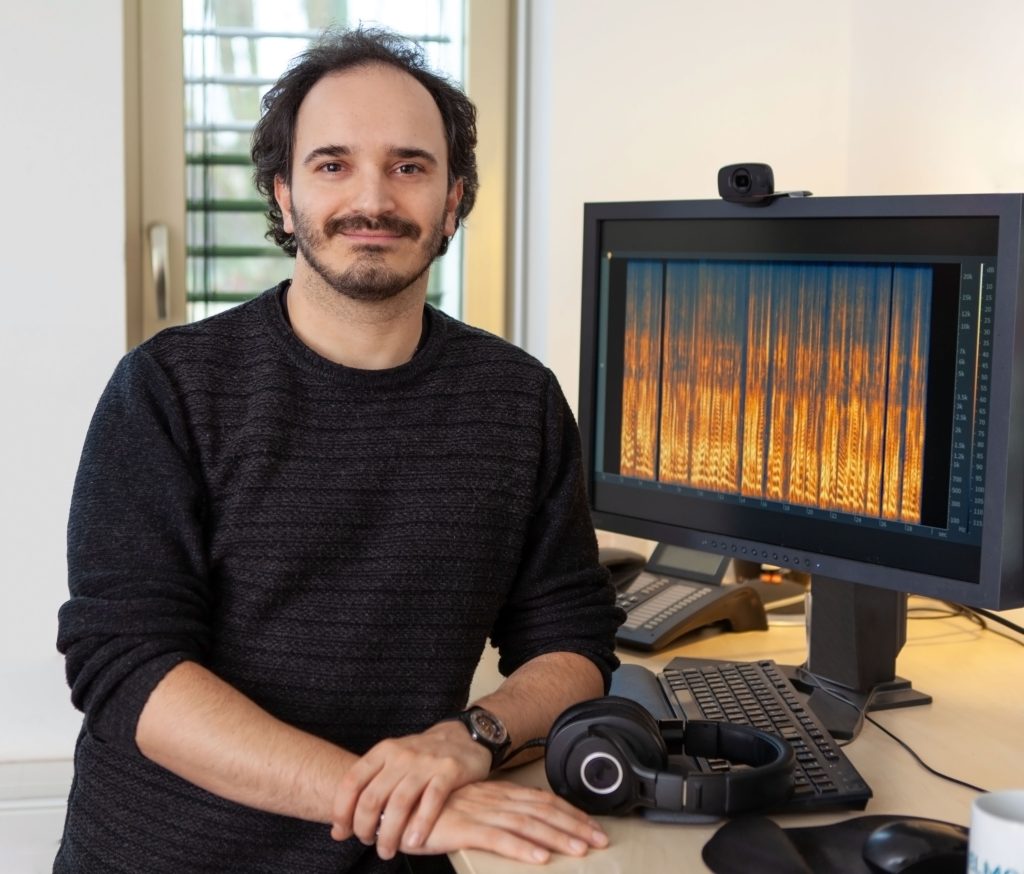Overview: In this criminal investigation case, law enforcement authorities requested audio forensic services to analyze a recorded phone call that potentially contained crucial evidence related to a robbery incident.
Objective: The primary objective of the speech analysis was to transcribe and enhance the audio recording to improve the intelligibility of the conversation. Additionally, the investigators aimed to identify the voices of the individuals involved to aid in suspect identification.
Process:
- Audio Enhancement: The Audio Forensic Expert first enhanced the audio recording using noise reduction and equalization techniques to reduce background noise and enhance the clarity of the speech.
- Transcription: The enhanced audio services was transcribed using forensic transcription software. The expert carefully listened to the conversation and accurately transcribed the spoken content into written form.
- Voice Identification: The expert conducted voice spectrography and comparative analysis to compare the voices from the recorded phone call with known reference samples. The reference samples were obtained from suspects, witnesses, or any other relevant sources.
Results: The speech analysis and voice identification revealed that the recorded phone call involved two individuals, one of whom matched a suspect in the robbery case. The transcribed conversation provided critical information regarding the planning and execution of the robbery, strengthening the prosecution’s case.

Impact: The successful speech analysis and voice identification played a pivotal role in linking the suspect to the robbery incident. The evidence obtained from the recorded phone call significantly contributed to the successful resolution of the criminal investigation and the conviction of the perpetrator.
Case Study 2: Voice Identification in a Civil Litigation Case
Overview: In this civil litigation case, an individual filed a defamation lawsuit against a media organization claiming that they were falsely depicted in an audio interview aired on a popular television show. The media organization sought audio forensic services to determine the authenticity of the interview and identify the voices involved.
Objective: The main objectives were to verify the authenticity of the audio interview and conduct voice identification to determine if the voice heard in the interview matched the plaintiff’s voice.
Process:
- Audio Authentication: The audio services firstly conducted audio authentication to verify the integrity and authenticity of the interview. The expert examined the metadata and assessed any signs of audio manipulation or editing.
- Voice Comparison: The expert compared the voice heard in the interview with known reference samples of the plaintiff’s voice. The reference samples were obtained from other recordings, such as speeches or interviews, where the plaintiff’s voice was present.
Results: The audio authentication confirmed that the interview recording was genuine and had not been tampered with. In the voice comparison analysis, the expert determined that the voice heard in the interview matched the plaintiff’s voice from the known reference samples.
Impact: The voice identification results were presented as evidence in the civil litigation case. The analysis conclusively demonstrated that the plaintiff was indeed the person interviewed in the media organization’s show. This evidence played a crucial role in the case’s outcome, leading to a resolution in favor of the media organization.
Conclusion
These case studies exemplify how speech analysis and voice identification conducted by Audio Forensic Experts can provide valuable evidence in criminal investigations and civil litigation cases. Accurate analysis and voice comparisons can be instrumental in establishing the authenticity of audio recordings and identifying individuals involved in various legal scenarios.
